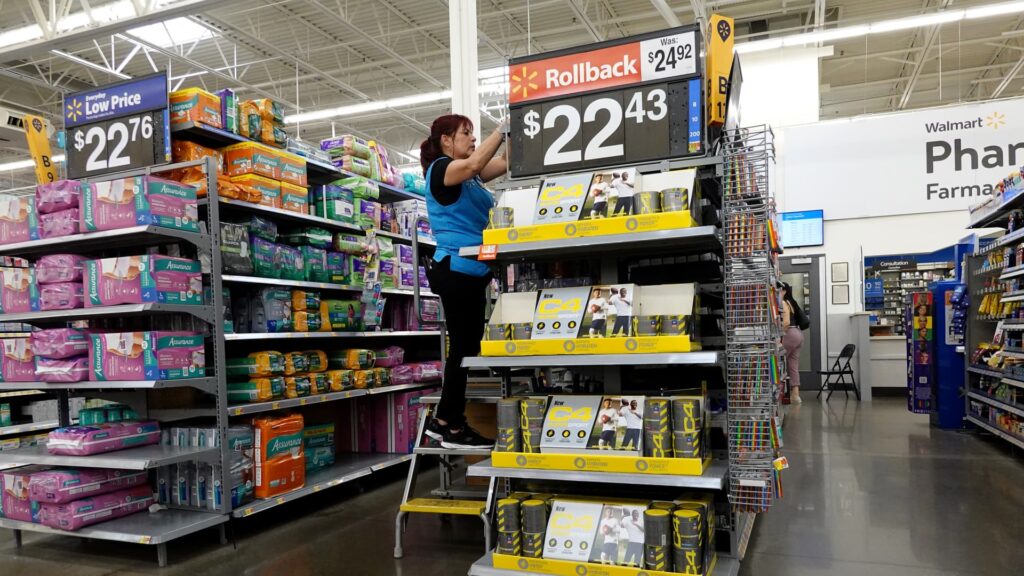If you want to know how this year may be for the retail industry, look no further than Walmart‘s cautious outlook.
The discounter easily topped expectations for the holiday quarter on Tuesday, but it gave a weaker-than-expected outlook for the year ahead. Home Depot issued similar guidance. The home improvement retailer, which also reported fourth-quarter earnings Tuesday, said it is planning for flat same-store sales, as stubborn inflation and climbing interest rates cause consumers to watch their spending.
Home Depot’s shares slid Tuesday morning, while Walmart’s were effectively flat, as they foreshadowed the emerging theme: Consumers are becoming harder to win over.
At Walmart, that means shoppers are buying more necessities like groceries and lightbulbs rather than big-ticket items or discretionary items like electronics and home decor. At Home Depot, it could mean customers may delay a home project or opt for cheaper floor tiles or kitchen appliances.
Home Depot Chief Financial Officer Richard McPhail said the higher prices of groceries and more are influencing customers’ decisions.
“We’ve seen an increasing degree of price sensitivity as the year’s gone on, which is actually sort of what we predicted in the face of persistent inflation,” McPhail told CNBC.
Walmart factored challenging dynamics into its full-year forecast, said John David Rainey, the company’s CFO. Those include the Federal Reserve’s interest rate hikes and consumers’ lower savings rates and shakier balance sheets.
“We find ourselves in a similar situation to one that we’ve been in for the last several years where there’s a lot of unknowns,” he said on a call with CNBC.
Walmart and Home Depot’s advantages
On an investor call, Rainey called food inflation “the most stubborn of all the categories.” He said that Walmart expects that shift away from higher-margin general merchandise goods and toward lower-margin categories like food ” to get a little bit worse” in the coming months.
Walmart CEO Doug…
Read the full article here





